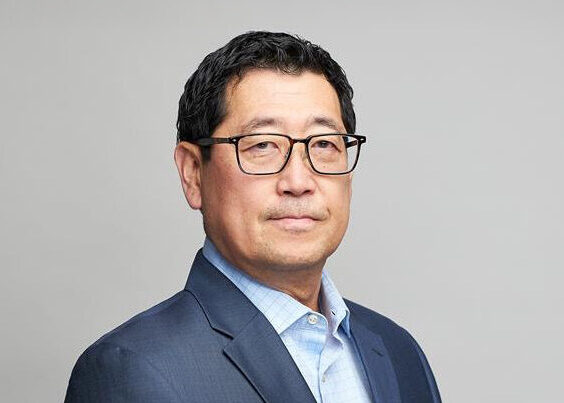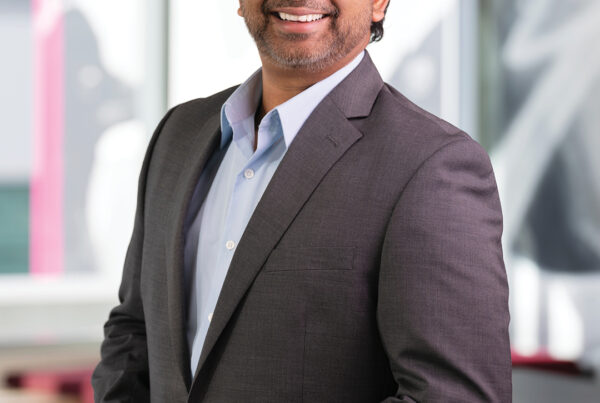
In this spotlight, we’re diving into the minds of one of our interior designers, Saba. She shares insights on embracing unconventional thinking, the power of inclusive design, and the importance of enduring relationships.
How do you embrace unconventional thinking in your work?
I embrace unconventional thinking as an interior designer by nurturing curiosity and drawing inspiration from diverse sources like art and nature. I prioritize experimentation and explore unexpected materials and layouts to create innovative spaces. By focusing on user-centric design, I help create environments that inspire creativity and resonate with users. I stay updated on trends through workshops and view setbacks as opportunities for growth, using them to refine my ideas. This approach contributes to a culture of innovation at S2, allowing us to create inspiring environments for everyone.
Share an experience where celebrating diverse perspectives and inclusivity within a team or project brought exceptional outcomes or insights.
In a recent senior living project, our team engaged staff, residents, and their families in the design process through focus groups. This inclusive approach helped us gain insight into the community’s diverse needs. As a result, we created vibrant communal areas that promoted socialization and ensured accessibility. The final space enhanced residents’ quality of life and fostered a strong sense of community. This experience highlighted the importance of inclusivity, demonstrating how diverse perspectives can create environments that truly meet the needs of their users.
What role do enduring relationships play in your professional journey?
Enduring relationships are vital to my professional journey because they enhance my well-being and success. Collaborating with colleagues fosters creativity and support, resulting in innovative designs. Engaging with our communities helps us create spaces that reflect their needs and values. Additionally, our connection to the planet directs us toward making sustainable choices. Ultimately, these relationships enrich our work and contribute to a healthier, more connected community.




